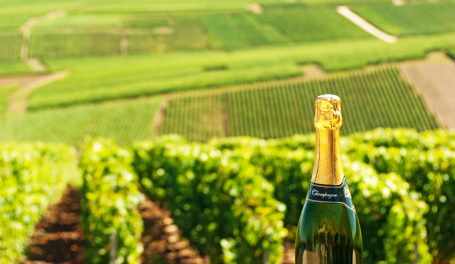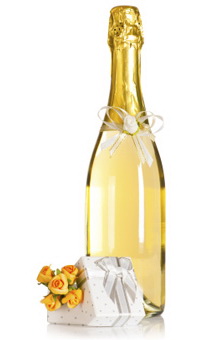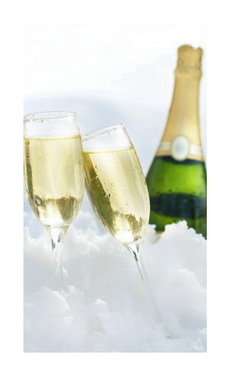 Most Champagne is white wine made from red grapes. Two of the region’s three grapes are red: pinot noir and pinot meunier.
Most Champagne is white wine made from red grapes. Two of the region’s three grapes are red: pinot noir and pinot meunier.
Pinot meunier, found mostly along the rich floor of the Marne Valley and in Aube, is considered a simple workhorse grape, giving the wine a fruity, perfumed roundness and early maturity.
Pinot noir, grown mostly on the slopes of Reims Mountain, contributes aromas of cherries, berries and other red fruit; it also gives the wine structure, length and body.
The third grape is white, chardonnay from the south-facing Côte des Blancs; it offers aromas of daisies, white peaches and lemon, as well as a creamy texture, mineral depth and elegant finesse.
With all these grapes, the challenge is to get sufficient ripeness and maturity in the skins themselves, and the right amount of acidity, color and other compounds that give wine its taste and structure. 
Most champagne is a blended wine from all three grapes, but blanc de blancs (white from whites) is made exclusively from chardonnay and has the lightest and most sprightly style among bubblies.
One of the most prestigious is Salon, which has made wine just thirty-seven years since its launch more than a hundred years ago.
In these declared vintages, it produces only some 5,000 cases from chardonnay grown around the village of Le Mesnil-sur-Oger. It gains its incredible nuances from aging in the bottle on the lees for at least ten years—the minimum required by law for vintage champagne is only three.
A number of champagne houses don’t use chardonnay exclusively, preferring to simply make it the dominant grape in the blend. These produce light styles, such as Perrier- Jouët and Taittinger Champagne.
Some houses allow their wines to undergo malolactic fermentation, which creates a creamier wine such as Pommery. Others, such as Lanson, do not do a malolactic fermentation and therefore create a crisper, more vibrant style.
style.
Still others make pinot noir the signature grape in the blend for a more robust style, such as Bollinger, Krug, Louis Roederer and Veuve Clicquot.
Champagne made from just pinot noir and/or pinot meunier, such as Duval-Leroy, Nicolas Feuillatte and Veuve Devaux, are called blanc de noirs (white from blacks) and have even deeper fruit and nut flavors. This should not be confused with rosé champagne.
Speed is critical when you’re trying to make white wine from red grapes: the color in the red grape skins will stain the clear juice of the fruit itself if left in contact with it too long.
This is also why machine harvesting, which is cheaper and faster than picking by hand, is illegal because it would break the grape skins and color the juice of the wine.
Growers can’t truck grapes over such a wide region fast enough, so dozens of “press houses” close to the vineyards press the grapes in whole bunches just after they’re picked and the extracted juice is driven the next day to the winery to ferment.







